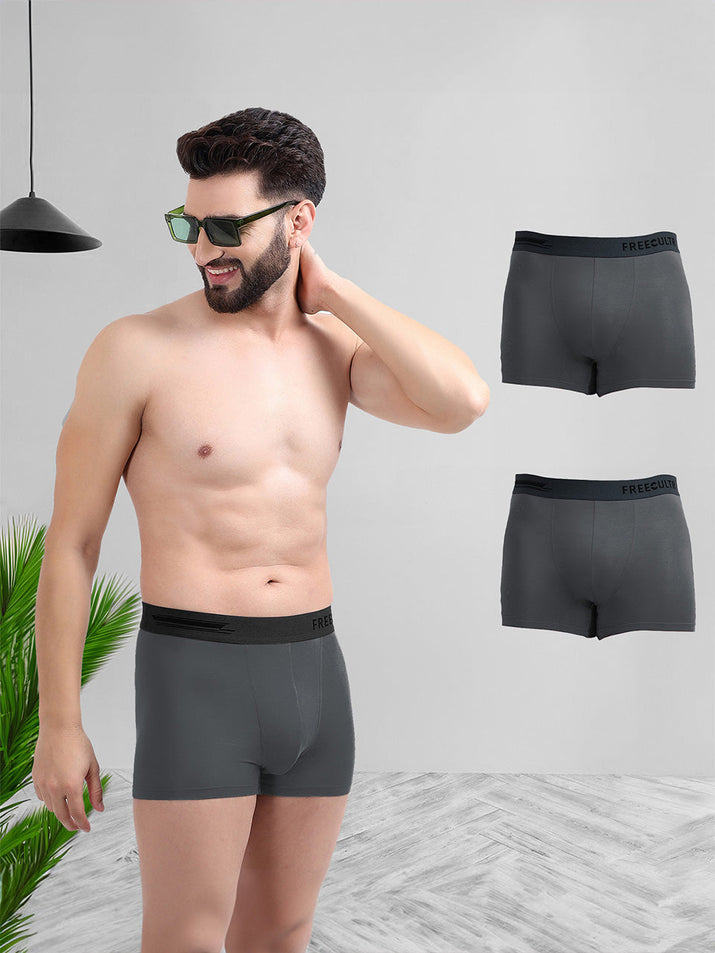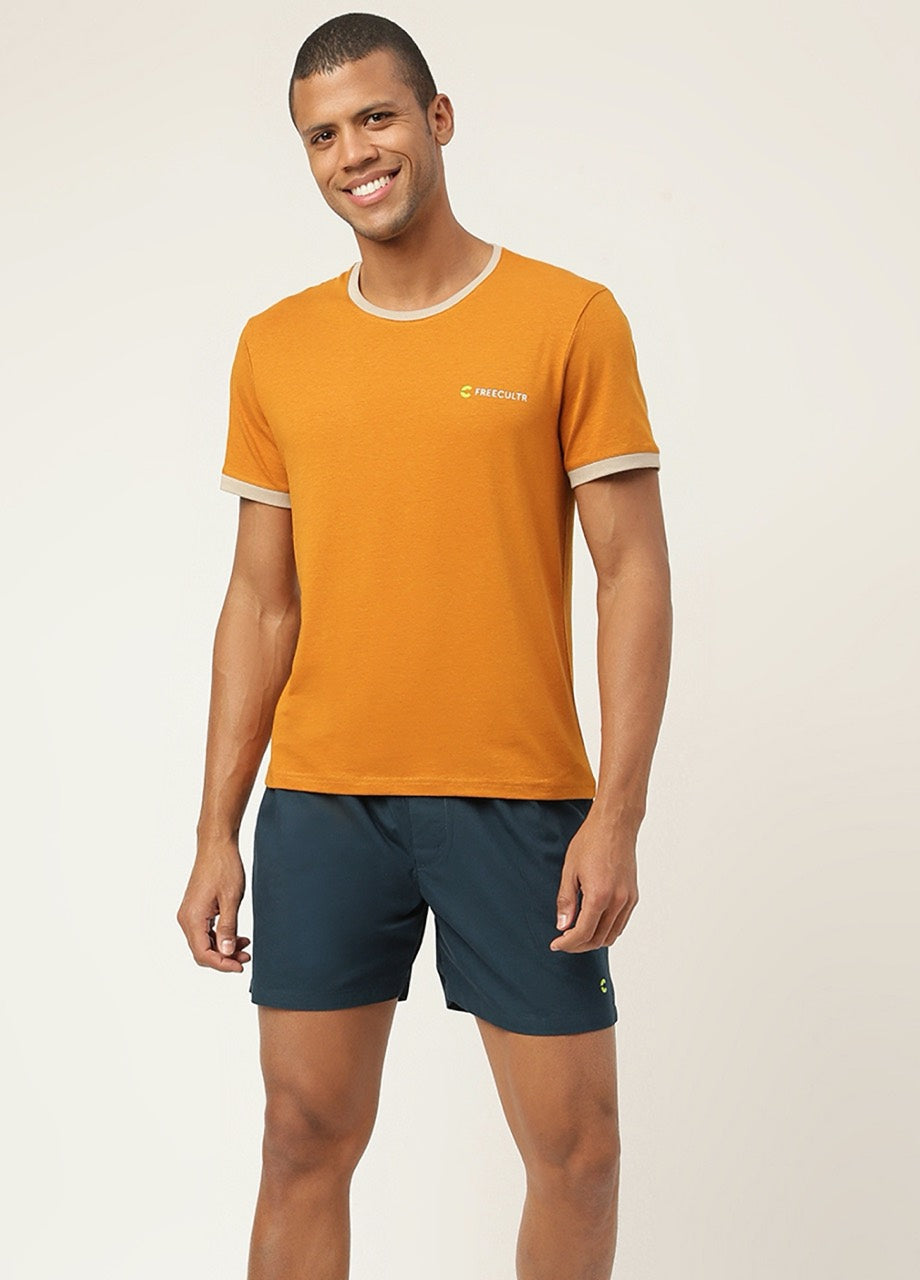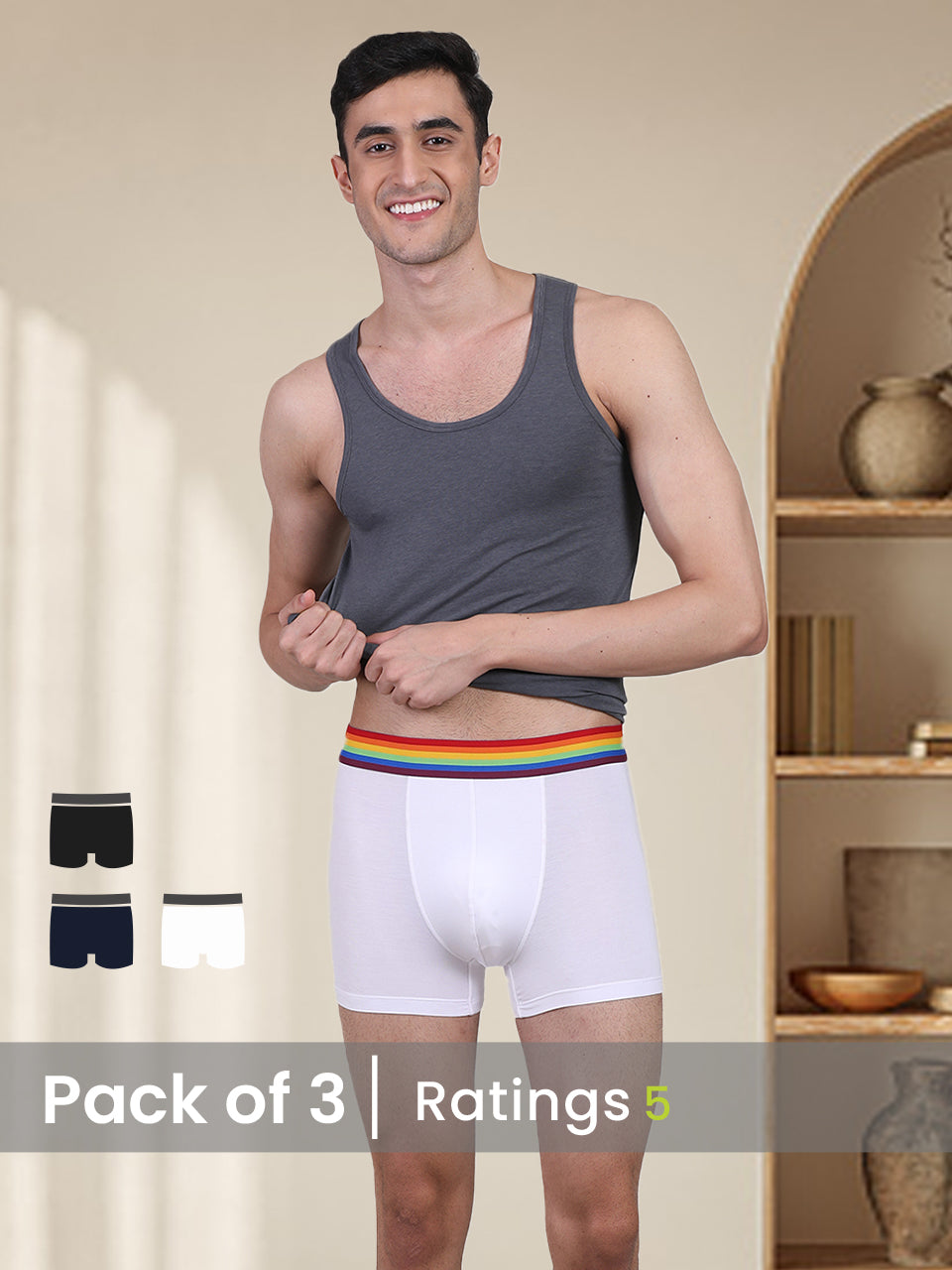The fashion industry’s dyeing processes are notoriously water-intensive and chemically reliant, contributing significantly to global pollution. Freecultr addresses this challenge head-on, moving beyond conventional methods. Our approach centers on reactive dyeing, utilizing dyes that form a covalent bond with the fabric, minimizing runoff and increasing colorfastness. We achieve substantial water reduction through optimized dye bath recipes and advanced machinery that precisely controls temperature and chemical input. Moreover, Freecultr prioritizes dyes certified by Oeko-Tex, ensuring they are free from harmful substances. By focusing on efficient application and safer chemistry, we significantly lessen the environmental impact of textile coloration.

Understanding the Environmental Impact of Traditional Dyeing
The fashion industry, while known for its creativity and expression, has a significant environmental footprint. Traditional textile dyeing processes are particularly problematic. These processes often involve the use of harsh chemicals, large volumes of water. Energy-intensive heating and cooling cycles. The wastewater generated is frequently discharged into waterways, leading to pollution and ecological damage. To truly appreciate Freecultr’s commitment, let's delve into the specifics of why conventional dyeing is so harmful:
- Chemical Usage: Traditional dyeing relies on a cocktail of chemicals, including heavy metals, formaldehyde. Azo dyes, many of which are known carcinogens. These chemicals can persist in the environment and pose risks to both human and animal health.
- Water Consumption: Textile dyeing is incredibly water-intensive. It can take hundreds of liters of water to dye just one kilogram of fabric. This puts a strain on freshwater resources, especially in regions where water scarcity is already a concern.
- Wastewater Pollution: The wastewater from dyeing processes is often heavily contaminated with dyes, chemicals. Salts. If not properly treated, this wastewater can pollute rivers, lakes. Oceans, harming aquatic life and contaminating drinking water sources.
- Energy Consumption: Heating and cooling the water used in dyeing, as well as powering the machinery involved, requires significant amounts of energy, often generated from fossil fuels. This contributes to greenhouse gas emissions and climate change.
Recognizing these challenges is crucial for understanding the importance of sustainable alternatives like those employed by Freecultr.
Freecultr's Approach: A Deep Dive into Eco-Friendly Dyeing Techniques
Freecultr is committed to minimizing the environmental impact of its clothing. This commitment extends to the dyeing process, where innovative and eco-conscious techniques are employed. Here are some key aspects of Freecultr's greener wash:
- Low-Impact Dyes: Freecultr prioritizes the use of low-impact dyes, which are designed to be more environmentally friendly than traditional dyes. These dyes require less water and energy. They are free from harmful chemicals like heavy metals and formaldehyde.
- Water Conservation: Freecultr implements strategies to reduce water consumption throughout the dyeing process. This includes using advanced dyeing equipment that requires less water, as well as recycling and reusing water whenever possible.
- Wastewater Treatment: Freecultr invests in robust wastewater treatment systems to remove pollutants from the water before it is discharged. These systems may include filtration, chemical treatment. Biological treatment processes.
- Energy Efficiency: Freecultr strives to minimize energy consumption in its dyeing operations. This includes using energy-efficient equipment, optimizing dyeing processes. Exploring renewable energy sources.
By embracing these sustainable practices, Freecultr is setting a new standard for environmental responsibility in the fashion industry. They are ensuring Fashion and Comfort can be achieved without compromising the planet.
Key Technologies and Processes Behind Freecultr's Sustainable Dyeing
Several innovative technologies and processes are crucial to Freecultr's eco-friendly dyeing approach. Understanding these will help appreciate the depth of their commitment:
- Closed-Loop Dyeing Systems: These systems recycle and reuse water within the dyeing process, significantly reducing water consumption and wastewater discharge. Water is treated and purified before being reintroduced into the dyeing cycle.
- Air Dyeing Technology: This innovative technology uses air instead of water to transfer dye onto fabric. It eliminates the need for large volumes of water and reduces energy consumption.
- Digital Printing: Digital printing allows for precise application of dyes, minimizing waste and reducing the amount of dye needed. It also enables the creation of intricate designs with less environmental impact.
- Enzyme-Based Dyeing: Enzymes can be used to enhance dye uptake and reduce the need for harsh chemicals. This approach is more environmentally friendly and can improve the quality of the dyed fabric.
These technologies demonstrate Freecultr's dedication to exploring and implementing cutting-edge solutions for sustainable dyeing.
Comparing Dyeing Methods: Traditional vs. Freecultr's Eco-Friendly Approach
A side-by-side comparison highlights the significant advantages of Freecultr's eco-friendly dyeing processes over traditional methods.
| Feature | Traditional Dyeing | Freecultr's Eco-Friendly Dyeing |
|---|---|---|
| Chemical Usage | Harsh chemicals, including heavy metals and formaldehyde | Low-impact dyes, free from harmful chemicals |
| Water Consumption | High water consumption, leading to water scarcity | Reduced water consumption through recycling and advanced equipment |
| Wastewater Pollution | High levels of pollution from untreated wastewater | Wastewater treatment to remove pollutants before discharge |
| Energy Consumption | High energy consumption from heating and cooling | Energy-efficient equipment and optimized processes |
| Environmental Impact | Significant negative impact on the environment and human health | Minimal environmental impact with a focus on sustainability |
This comparison clearly illustrates Freecultr's commitment to minimizing the environmental impact of its dyeing processes. It demonstrates how they're working to promote Fashion and Comfort in a responsible way.
Real-World Impact: Case Studies and Examples of Freecultr's Sustainability Initiatives
Freecultr's commitment to sustainable dyeing is not just theoretical; it's backed by real-world initiatives and tangible results. For instance, Freecultr has partnered with local communities near its production facilities to implement water conservation programs. This has helped to reduce water stress in these areas and improve access to clean water for local residents. Another example is Freecultr's investment in renewable energy sources, such as solar power, to power its dyeing operations. This has significantly reduced its carbon footprint and contributed to a cleaner environment.
One specific case study involves Freecultr's adoption of a closed-loop dyeing system at one of its facilities. This system has reduced water consumption by over 80% and eliminated the discharge of harmful chemicals into the local river. The success of this project has inspired Freecultr to implement similar systems at its other facilities. These examples demonstrate Freecultr's genuine commitment to sustainability and its proactive approach to minimizing its environmental impact.
The Future of Sustainable Dyeing: Freecultr's Vision
Freecultr envisions a future where all textile dyeing is environmentally friendly and sustainable. To achieve this vision, Freecultr is committed to continuous innovation and collaboration. They are actively researching and developing new dyeing technologies that are even more environmentally friendly. They are also working with other companies and organizations to promote sustainable practices throughout the fashion industry. Freecultr believes that by working together, we can create a more sustainable future for fashion and the planet. Freecultr isn't just making clothes; they're crafting a future where Fashion and Comfort coexist with a healthy planet. Inviting customers to be part of the solution with every purchase.
Conclusion
Let's look toward the future! Freecultr's commitment to eco-friendly dyeing isn't just a trend; it's a necessary evolution in fashion. By minimizing water usage through innovative techniques like reactive dyeing with optimized dye recipes and prioritizing non-toxic dyes, we've demonstrated that style and sustainability can coexist harmoniously. Looking ahead, we predict increased adoption of closed-loop systems and bio-based dyes across the industry. The next step? Consumers need to demand transparency and accountability. As individuals, we can support brands prioritizing ethical practices, pushing the industry towards greater responsibility. Don't be afraid to ask questions about a brand's dyeing process! Personally, I always check for certifications like GOTS to ensure the product aligns with my values. Ultimately, Freecultr envisions a future where all clothing is produced with minimal environmental impact. Let's all embrace conscious consumerism and inspire change, one garment at a time. Together, we can make "the greener wash" the industry standard, creating a more sustainable and stylish world.More Articles
Soft, Sustainable. Stylish: Freeculture’s Edge Over Traditional BrandsWhat Makes Freeculture More Than Just Another Clothing Brand
Minimal, Stylish. Bold: Why Freeculture is a Game-Changer in Everyday Fashion
Comfort Meets Culture: How Freeculture Redefines Basics Better Than Competitors
FAQs
So, what's this 'Greener Wash' all about at Freecultr? Is it just a fancy name?
Not at all! The Greener Wash is our commitment to dyeing clothes in a way that's kinder to the planet. We're talking about significantly reducing water usage, using less energy. Minimizing harmful chemicals – all crucial for a sustainable future. It's not just a name; it's how we do things.
Okay, less water and energy sounds good. How exactly does Freecultr achieve that in its dyeing process?
Great question! We've implemented some clever techniques. For starters, we use specialized dyeing machines that require less water compared to conventional methods. Plus, we've optimized our processes to use less energy during the dyeing and washing phases. We also prioritize dyes and chemicals that are less harsh on the environment. It's a multi-pronged approach!
What kind of dyes does Freecultr use? Are they, like, plant-based or something?
While we're always exploring innovative natural dye options, we currently use dyes that are carefully selected for their eco-friendly properties. This means they're certified to meet strict environmental standards and are free from harmful substances that can pollute water sources. It’s all about balancing performance with responsibility.
What happens to the wastewater from the dyeing process? I'm guessing it doesn't just get dumped somewhere, right?
Absolutely not! At Freecultr, we take wastewater management very seriously. We treat the wastewater to remove pollutants before it's safely discharged. This ensures that the water returned to the environment is much cleaner and doesn't harm aquatic life or ecosystems.
Does this 'Greener Wash' affect the quality or color of the clothes? Will my favorite Freecultr tee fade faster?
Nope, you don't have to worry about that! We make sure that our Greener Wash process doesn't compromise the quality or vibrancy of our colors. In fact, we've invested in technologies and processes that ensure the colors are durable and long-lasting. You can enjoy your Freecultr clothes for years to come without significant fading.
So, is Freecultr's entire dyeing process eco-friendly, or just parts of it?
Our goal is to make the entire process as eco-friendly as possible. We're constantly working to improve every stage, from sourcing raw materials to the final dyeing and finishing. While there's always room for improvement, we're committed to making sustainable choices at every step.
Besides the dyeing process, what else is Freecultr doing to be more sustainable?
We're glad you asked! Sustainability is a core value at Freecultr. Beyond the Greener Wash, we're exploring the use of sustainable fabrics like organic cotton and recycled materials. We also focus on ethical sourcing and fair labor practices. We believe in creating clothing that's not only good for you but also good for the planet and the people who make it.






